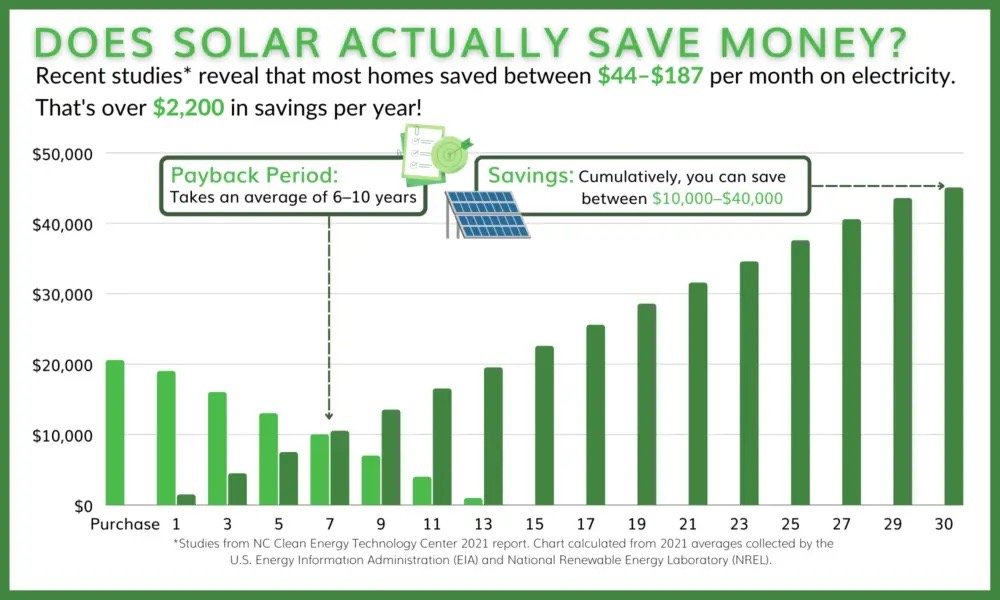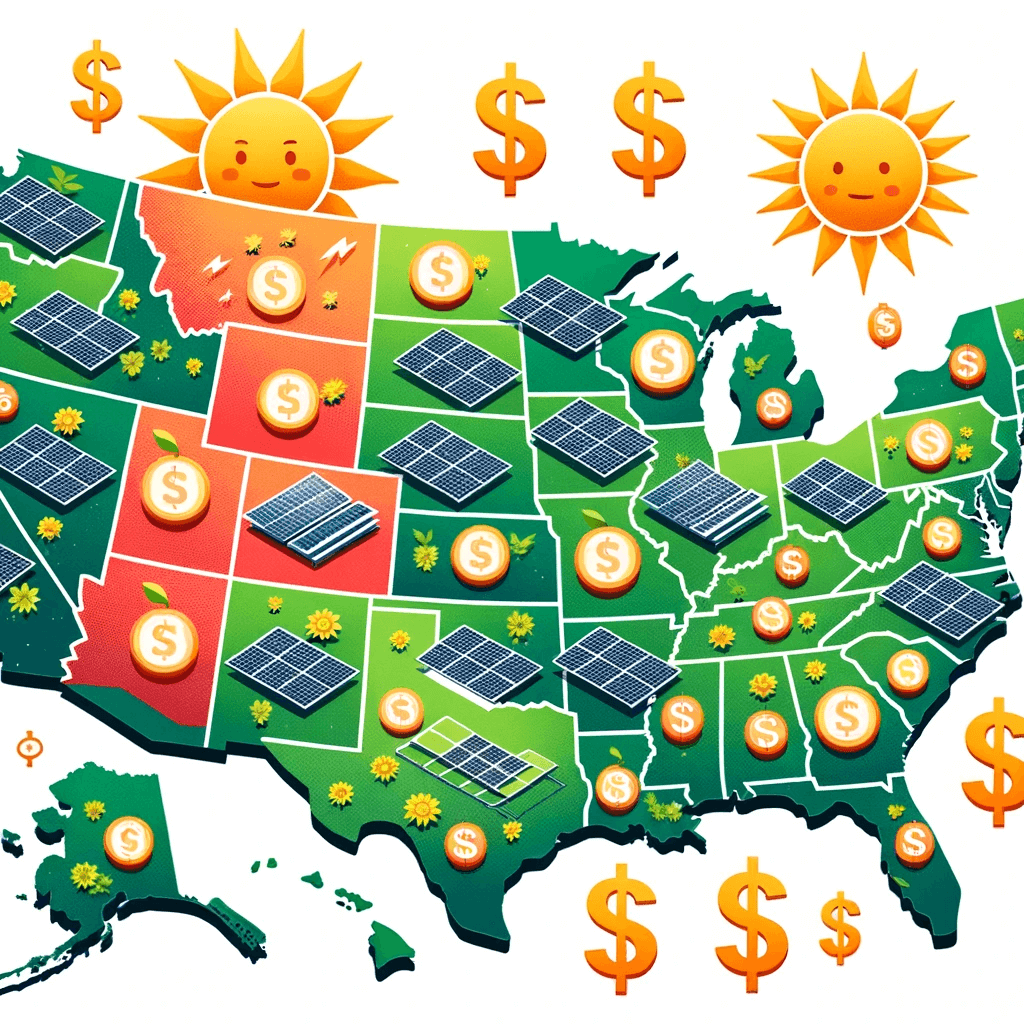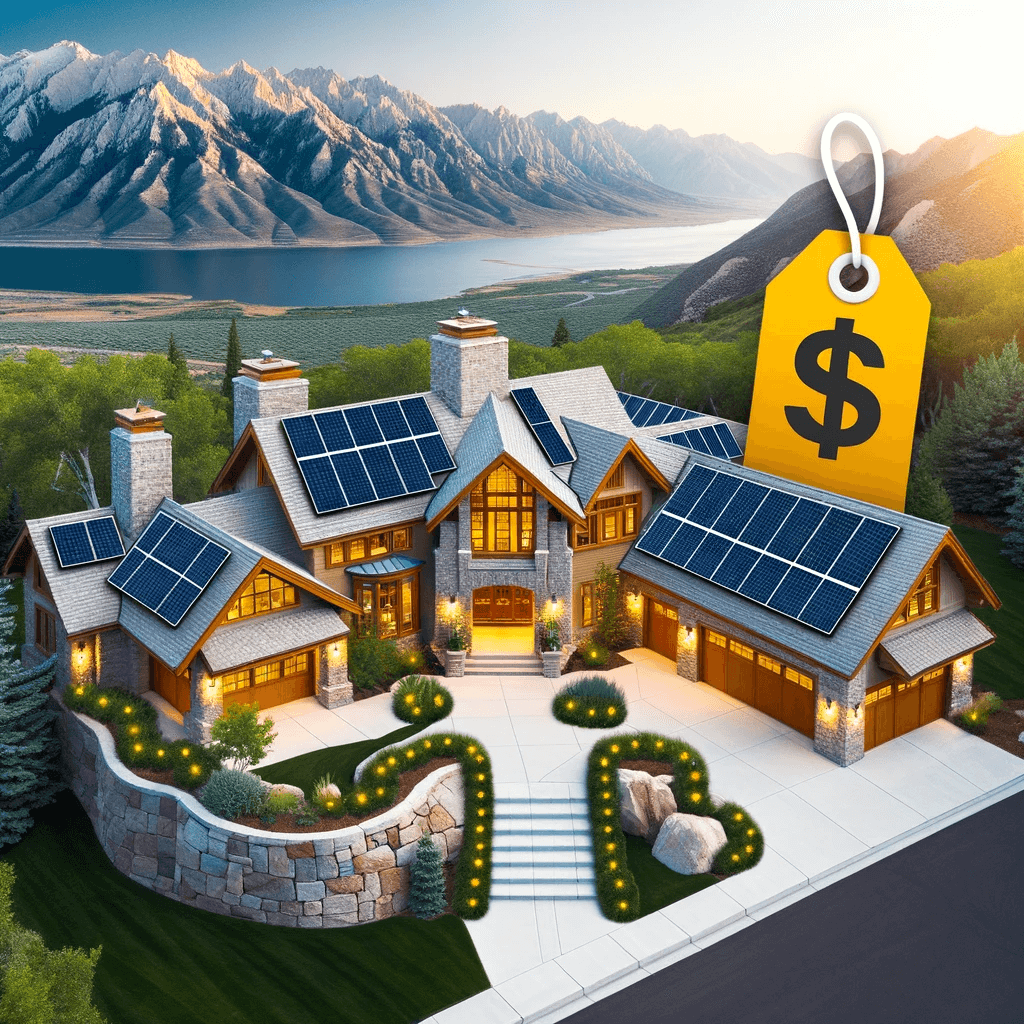Is Solar Worth it in Utah?
Going Solar in Utah
Renewable energy has become increasingly popular in recent years as concerns over climate change and environmental sustainability continue to rise. Solar energy is a popular form of renewable energy that utilizes the power of the sun to generate electricity. But is solar power worth it in Utah? Let's take a closer look at all the factors that can influence the answer to this question.
The Cost of Installing Solar Power in Utah
One of the main factors to consider when determining whether solar panels are worth it is the cost. The cost of solar panels can vary depending on a number of factors, including the size of the system, the quality of the panels, and the installation costs. However, solar panel cost has been steadily decreasing over the past few years, making them even more accessible for homeowners.
Another important factor to consider is the amount of energy you can generate with solar panels. Utah has a high solar potential due to its sunny climate, which makes solar energy a viable option for homeowners. With the right size and quality of solar panel system, homeowners in Utah can generate enough energy to power their homes and potentially even sell excess energy back to the grid.
How Much Do Solar Panels Cost in Utah
On average, the cost of a residential solar panel system in Utah can range from $12,000 to $25,000, depending on the size of the system and other factors.
However, it is important to note that homeowners may be eligible for various incentives and tax credits that can significantly reduce the cost of solar panel installation in Utah. For example, Utah offers a solar tax credit of up to $1,600 for homeowners who install solar panels on their homes.
Below is a general savings estimate. To get a more accurate estimate, reach out to us at any time.
Utah’s Solar Energy Viability
Solar energy is a viable option for homeowners in Utah, particularly those who are looking for a renewable energy source that can help reduce their carbon footprint and save on energy costs. In addition to being a clean and renewable energy source, solar energy is also reliable and low maintenance, which can provide homeowners with peace of mind.
However, it is important to consider factors such as weather conditions, available sunlight, and the size and quality of your solar panel system when determining the viability of solar energy for your home.
Utah Solar Tax Credit
Utah offers a solar tax credit of up to $1,600 for homeowners who install solar panels on their homes. This tax credit can significantly reduce the cost of solar panel installation and make solar energy more accessible for homeowners in Utah.
In addition to the solar tax credit, homeowners in Utah may also be eligible for federal tax credits and other incentives that can further reduce the cost of solar panel installation. When choosing a pro like ESS Solar, you can rest assured you’re getting the best deal.
Frequently Asked Questions (FAQ)
-
Solar panels are designed to be very durable and can last for decades, but their lifespan can depend on several factors, including the quality of the panels, the environment they are exposed to, and how well they are maintained.
Most solar panels come with a warranty of at least 25 years, which means they are expected to operate at a certain level of efficiency for that period of time. However, many solar panels can last well beyond their warranty period with proper maintenance and care.
Some factors that can affect the lifespan of solar panels include exposure to extreme temperatures, weather events like hail or heavy snow, and the accumulation of dirt or debris on the panels.
Regular maintenance can help extend the life of solar panels. This can include cleaning the panels periodically, checking for damage or defects, and ensuring that the panels are properly installed and connected to the rest of the system.
In general, it is not common to need to replace solar panels within their expected lifespan of 25 years or more, but if there is significant damage or deterioration, it may be necessary to replace them sooner. It's important to work with a reputable solar company in utah (like ESS Solar) and follow their recommended maintenance guidelines to ensure that your solar panels continue to operate efficiently for as long as possible.
-
Solar panels can degrade over time, which can affect their efficiency and power output, but they do not necessarily go "bad" in the sense that they stop working completely. The degradation of solar panels is a natural process that can occur over many years of exposure to sunlight and other environmental factors.
The rate of degradation can vary depending on several factors, including the quality of the panels, the environment they are exposed to, and how well they are maintained. Most solar panels are designed to continue generating power for 25 years or more, and they typically come with a warranty to ensure their performance over that period of time. At ESS Solar, we offer some of the best warranties in the state!
-
If you have solar panels installed on your home, you will still receive an electric bill from your utility company. However, the amount you owe on your bill may be significantly reduced, depending on the size of your solar system and your energy consumption.
Solar panels generate electricity when they are exposed to sunlight, and any excess power that is produced but not used immediately can be sent back to the grid for others to use. In many cases, this excess power is credited to your account through a process called net metering.
Net metering allows you to earn credits on your electric bill for the excess power your solar panels produce, which can be used to offset the cost of any electricity you consume from the grid when your panels are not generating enough power. This means that you only pay for the net amount of electricity you use each month, which is the difference between what you generate and what you consume.
-
The cost of solar panels can vary depending on several factors, including the size of the system, the quality of the panels, and the complexity of the installation. On average, the cost of a residential solar panel system in the United States is between $10,000 and $30,000.
The cost of solar panels has been decreasing in recent years, thanks to advances in technology and increased competition in the solar industry. Additionally, many states offer incentives, rebates, and tax credits to help reduce the cost of solar panel installations.
Contact us to get a precise estimate!
-
The length of time it takes for solar panels to pay for themselves, also known as the payback period, can vary depending on several factors, including the cost of the system, the amount of electricity you consume, and the incentives and rebates available in your area.
On average, the payback period for a residential solar panel system in the United States is between 5 and 10 years. However, the payback period can be shorter or longer depending on the specific circumstances of your installation.
To calculate the payback period for your solar panel system, reach out to us by calling, sending an email, or sending a message through our contact page!
Conclusion
So, is solar power worth it in Utah? The answer is a resounding YES. With its sunny climate and potential for energy generation, solar energy is a viable and cost-effective option for homeowners in Utah. While the initial cost of installation may seem high, homeowners can take advantage of various incentives and tax credits to make solar panel installation more affordable. Overall, solar energy is a smart investment for homeowners in Utah who are looking for a sustainable and cost-effective energy source. If you’re ready to get started or have more questions, ESS Solar is happy to help!





